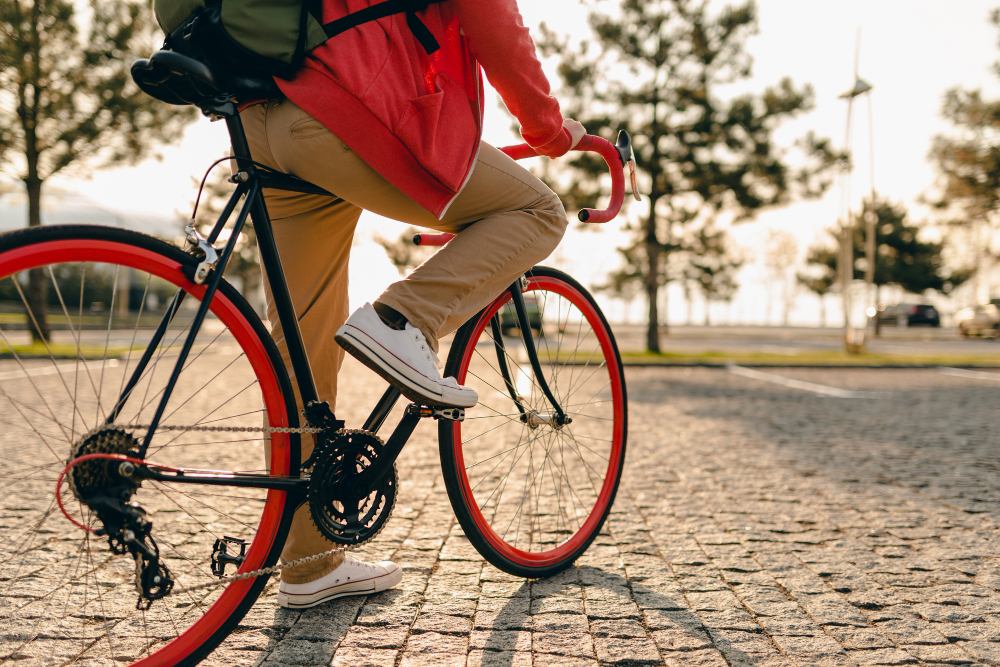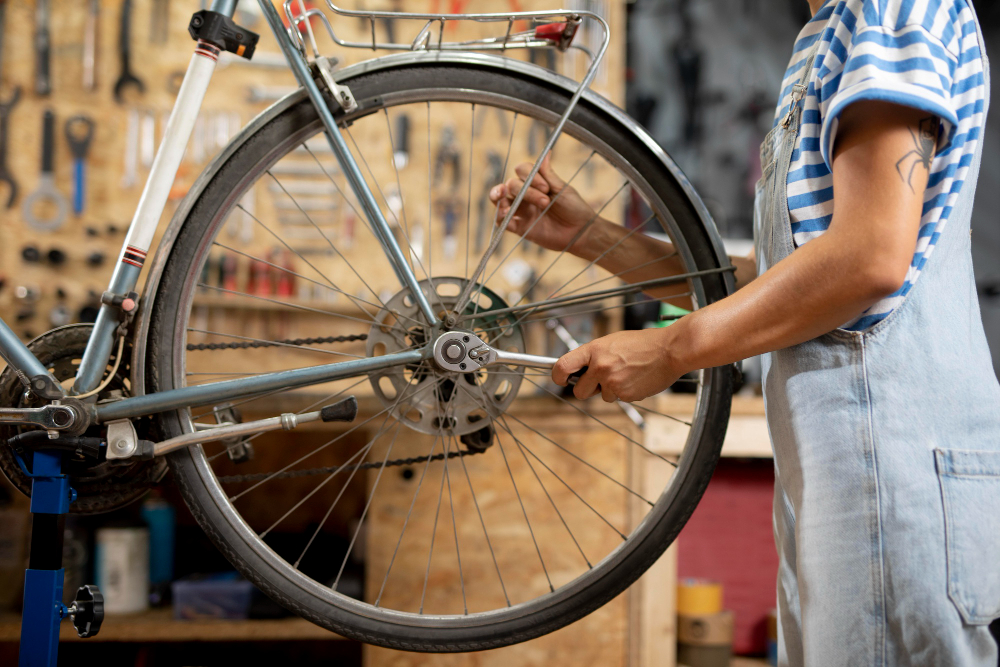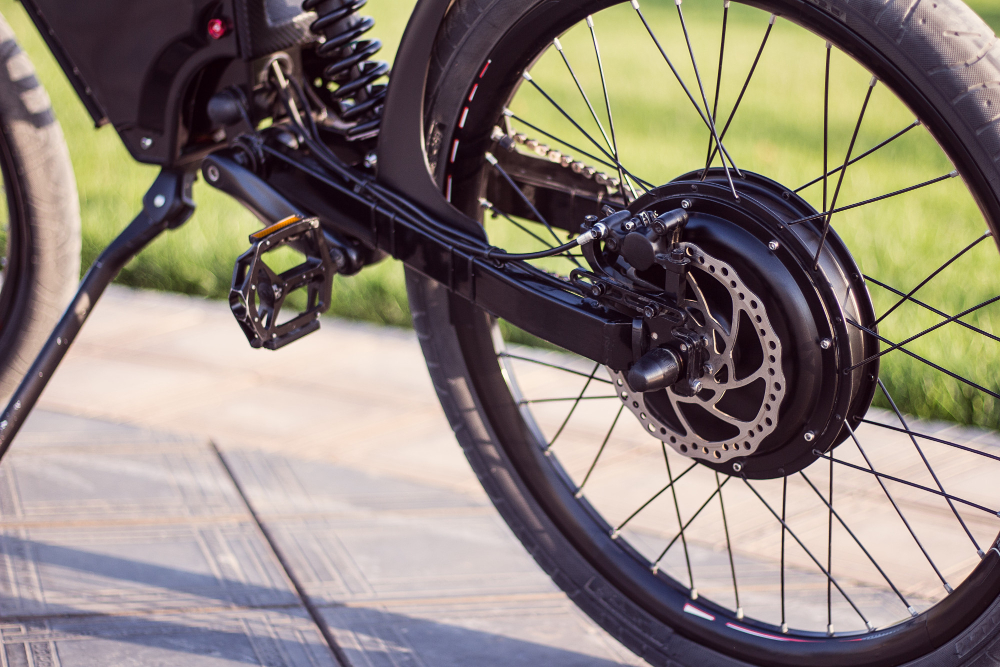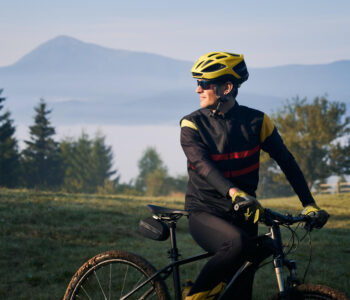
Pedal Your Way to Fitness: Essential Tips for Beginner…
Cycling is not just a way to commute; it is a lifestyle and an excellent form of exercise. This article is your go-to guide if you are a beginner looking to get into this activity. From choosing the right bike to maintaining proper form, we will cover everything you need to know.
Choosing the right bike
Selecting the right bike is the first crucial step on your cycling journey. The cycling you plan to do determines your bike. For example, road bikes work best for paved roads and speed, while mountain bikes suit rough terrains.
But it is not just about the type of bike. The bike’s size must fit you. A poorly sized bike can cause discomfort and even lead to long-term injuries. Make sure you try out a few sizes before settling on one.
Gearing up
Proper attire can make or break your cycling experience. Invest in a comfortable pair of cycling shorts, jerseys, and, most importantly, a helmet. Safety comes first, and a helmet is non-negotiable. Additionally, gloves can offer extra grip and protect your hands in case of a fall.
Footwear is also essential. Specific cycling shoes exist that can significantly improve your pedalling efficiency. They lock into the pedals, allowing you to pull up and push down.
Basic techniques
Before hitting the road, familiarize yourself with basic cycling techniques. Understand the gears on your bike. They will help you navigate different terrains. Know how to shift your weight and balance, especially while taking turns.
Braking is another critical skill. Learn the difference between front and back brakes and when to use them. Applying both brakes evenly will help you stop more efficiently without skidding.
Riding posture and form
Good posture is crucial when cycling. Keep your back straight and your elbows slightly bent. Position your hands on the handlebars in a way that allows you to reach the brakes quickly.
Your knee should slightly bend when the pedal reaches the lowest point. This ensures you are not overextending or straining your legs. Keep your knees close to the top tube to improve pedalling efficiency.
Road rules and safety
Understanding and following road rules is non-negotiable for any cyclist. Always obey traffic signs and signals. Use hand signals to communicate your intentions to other road users. And always ride in the same direction as traffic.
Wearing bright, reflective clothing and installing lights on your bike will make you more visible, especially when cycling in low-light conditions. Keep safe from other vehicles and always be aware of your surroundings.
Hydration and nutrition
Staying hydrated is essential, particularly on long rides. Carry a water bottle, or even consider investing in a hydration pack. Take sips regularly to keep your hydration levels up.
As for nutrition, carbs are your friend. They provide the quick energy you need, especially during long rides. Keep some energy bars or fruits like bananas in your backpack.
Recovery and rest
After a good ride, your muscles need time to recover. Stretching can alleviate muscle tightness and improve flexibility. Focus on your calves, thighs, and back, as these areas are most used in cycling.
Rest is just as important. Ensure you get a good night’s sleep, and consider taking a day off between long rides to fully recover.
Maintenance tips
Proper maintenance keeps your bike in optimal condition. Regularly check tire pressure and keep them inflated as per manufacturer’s instructions. Keep the chains clean and well-lubricated. And remember to tune up your bike at least once a year.
Advanced tips
Once you are comfortable with the basics, you can explore more advanced techniques like drafting, which is riding closely behind another cyclist to reduce wind resistance. Climbing and descending hills also require specific skills you can learn as you become more experienced.
Conclusion
Cycling is an exciting activity that can bring many joy and health benefits. However, understanding the basics can make your experience safer and more enjoyable. From choosing the right gear to learning basic techniques, the tips in this article will serve as a foundation for your cycling journey.
Are you ready to get started on this exciting journey? Put on your helmet, hop on that bike, and start pedalling!



